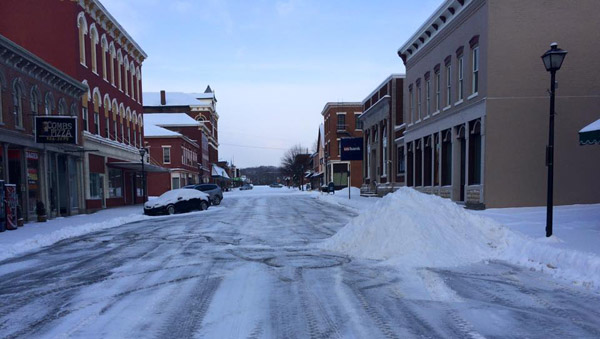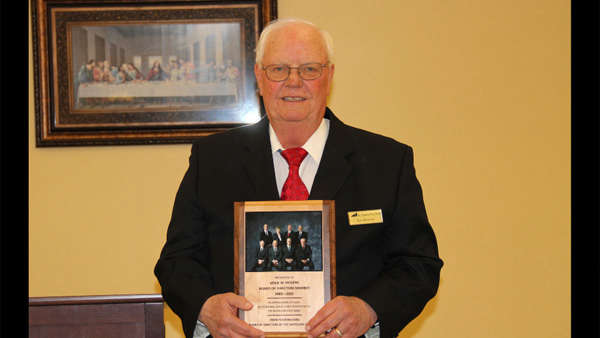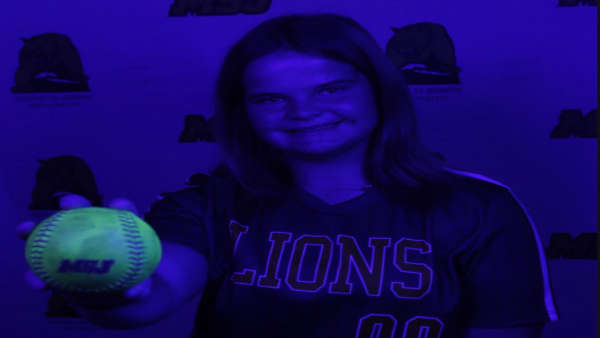The Purdue and Midwest Regional Climate Center expects a warmer than normal start to the coming winter.

Snow in Aurora, Indiana. File photo.
(West Lafayette, Ind.) - Purdue University is sure about one thing about the type of weather Indiana will experience this winter: it will be unpredictable.
The Purdue and Midwest Regional Climate Center says a weak El Nino forming in the Pacific Ocean could produce a warmer than average start to the winter month. Temperatures should return to the average teeth-chattering cold by February.
The variation in temperature could depend on the strength of the El Nino.
“However,” the center says, “as the El Nino Southern Oscillation is not the only weather oscillation of concern during winter months. The Arctic Oscillation (AO), a wind pattern characteristically located around 55 degrees latitude, can serve to mute or overturn traditional El Nino weather patterns in the winter months. While the Climate Prediction Center at the National Oceanic and Atmospheric Administration gives a 70 to 75 per cent chance for an El Nino to develop by December, the AO is less predictable and functions on a shorter time scale.”
If the El Nino is weaker, the more likely it is that the Artic Oscillation will define the kind of winter Indiana receives. Looking at historical data of the AO, the climate center says there is a high likelihood that a “polar vortex” bringing extreme cold air will affect Indiana at some point this winter.
Precipitation around the state – rain or snow – is expected to be average for most of the winter, but February could be drier, according to the Climate Patterns Viewer Decision Support Tool led by Purdue’s Useful 2 Useable initiative.

 Napoleon State Bank Announces Retirement of Former President, Board Member
Napoleon State Bank Announces Retirement of Former President, Board Member
 Indy Woman Identified as Victim of Fatal Crash on State Road 56
Indy Woman Identified as Victim of Fatal Crash on State Road 56
 New Patient Care Manager Named at Our Hospice of Jennings County
New Patient Care Manager Named at Our Hospice of Jennings County
 Arrest Made in Green Township Road Rage Incident
Arrest Made in Green Township Road Rage Incident
 Ripley Co. Highway Dept. Urges Motorists to Watch Out for Mowing Crews
Ripley Co. Highway Dept. Urges Motorists to Watch Out for Mowing Crews
 Middle School Student Found with Pocket Knife Facing Disciplinary Action
Middle School Student Found with Pocket Knife Facing Disciplinary Action










